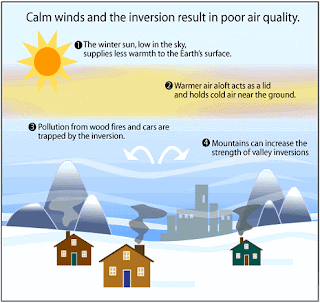What is the Carbon Cycle?
The Carbon Cycle is a complex series of processes through which all of the carbon atoms in existence rotate. The same carbon atoms in your body today have been used in countless other molecules since time began. The wood burned just a few decades ago could have produced carbon dioxide which through photosynthesis became part of a plant. When you eat that plant, the same carbon from the wood which was burnt can become part of you. The carbon cycle is the great natural recycler of carbon atoms. Unfortunately, the extent of its importance is rarely stressed enough. Without the proper functioning of the carbon cycle, every aspect of life could be changed dramatically.
Summary?We believe that it's vital to understand how the carbon cycle works in order to see the danger of it not working. Therefore, let's look at a sample carbon cycle and explore how carbon atoms move through our natural world. Plants, animals, and soil interact to make up the basic cycles of nature. In the carbon cycle, plants absorb carbon dioxide from the atmosphere and use it, combined with water they get from the soil, to make the substances they need for growth. The process of photosynthesis incorporates the carbon atoms from carbon dioxide into sugars. Animals, such as the rabbit pictured here, eat the plants and use the carbon to build their own tissues. Other animals, such as the fox, eat the rabbit and then use the carbon for their own needs. These animals return carbon dioxide into the air when they breathe, and when they die, since the carbon is returned to the soil during decomposition. The carbon atoms in soil may then be used in a new plant or small microorganisms. Ultimately, the same carbon atom can move through many organisms and even end in the same place where it began. Herein lies the fascination of the carbon cycle; the same atoms can be recycled for millennia!

